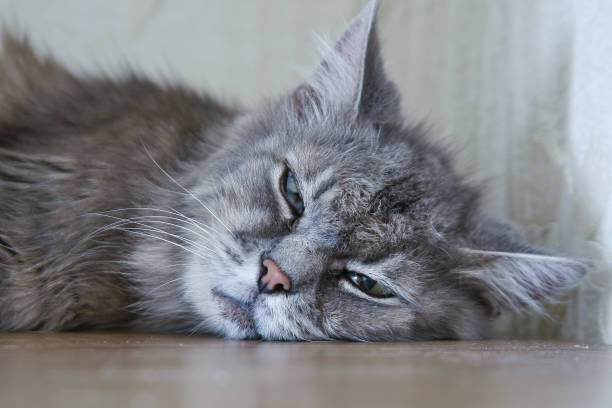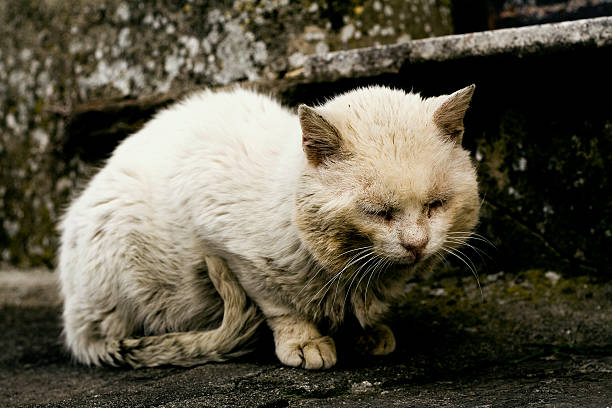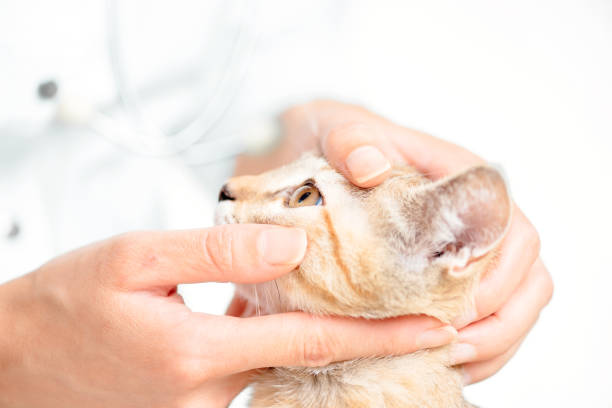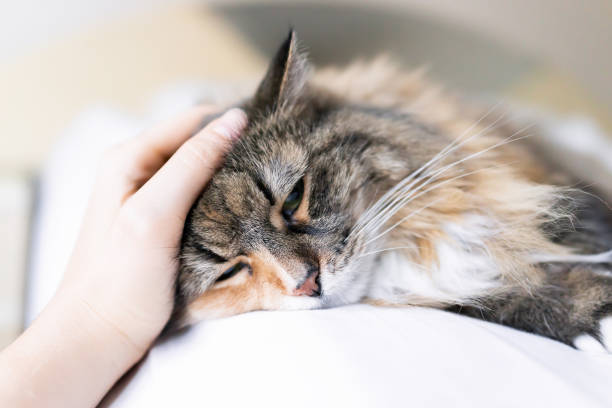This month we are going to take a look at the many faces of Feline Leukaemia (FelV), a viral disease amongst cats. And explain a little more about it, how it is contracted, the symptoms, and the treatment options.
What is FelV?
FeLV is what is known as a retrovirus that affects cats worldwide. In Australia, there isn’t a great deal of studies yet the prevalence of FeLV is approximately 2% in healthy cats and around 30% in high-risk (stray and feral cats) and sick cats.
It was originally estimated that FeLV caused at least one-third of all tumor-related deaths in cats.
Many other cats died of FeLV-associated bone marrow suppression resulting in fatal anaemia or infectious diseases.
How is FelV contracted?
FeLV requires close contact among cats for transmission, particularly in cats that live together or fight, and is commonly transmitted from infected queens to their kittens.
Infected cats shed the virus mainly in saliva, but the virus can also be found in nasal secretions, milk, urine, and faeces.
Cats at greatest risk of FeLV infection are those that may be exposed to infected cats. This can occur via prolonged close contact (living with an infected cat), bite wounds, grooming and rarely via shared feeding bowls and litter trays.
Cats allowed outdoors unsupervised where they may be bitten by an infected cat seem to be the most common, however, we also see it in kittens born to infected mothers.
Clinical signs can appear within weeks to months, however, some animals will develop some immunity meaning they can be carriers for years before becoming ill.

The signs that a cat may have FelV can include;
- Loss of appetite
- Progressive weight loss
- Poor coat condition
- Enlarged lymph nodes
- Persistent fever
- Pale gums and other mucus membranes
- Inflammation of the gums (gingivitis) and mouth (stomatitis)
- Infections of the skin, urinary bladder, and upper respiratory tract
- Persistent diarrhea
- Seizures, behaviour changes, and other neurological disorders
- Abortion of kittens or other reproductive failures
These signs can also be present with many other diseases and are not necessarily specific to FeLV.

How do we treat a cat with suspected FelV?
Therefore, if you bring your cat into us with any of these symptoms, we may recommend a variety of tests to determine why your cat is ill.
FeLV cats also frequently have FIV (Feline AIDs) and when this happens the disease will take hold and the cat will become ill in a much shorter space of time.
There are 2 types of blood tests that we can use to detect FeLV.
The first is an Eliza test and these detect viral particles found in a blood sample. These can be run in clinic and take only 10 minutes. They are combined in the test kit with FIV (which is much more common) as they frequently are contracted together.
The second test is a PCR which tests for the genetic remnants of the virus, this is more expensive, however, may be recommended if they test negative to the RAT test, yet have consistent symptoms, and there are other cats in the home at risk.
Treatment revolves around keeping the cat as well as possible with good nutrition and home care, treating other infections, while ensuring it cannot affect other cats.
Unfortunately, there is no cure for FeLV at this time.

Prevention
The only way to prevent FeLV is to ensure that your precious furball is not exposed to other infected cats. Keeping them indoors, in a cat run if outside and testing any new cats before they are introduced to the house, particularly if they are more than 6 months old, or come from a shelter or a large breeding colony, is particularly important.
Vaccination is available; however, it is not 100% effective. We recommend vaccinating at risk cats, such as ones that live with an infected cat, or those that are allowed to go outside and can have contact with “unknown” cats.
The process requires 2 vaccinations given a month apart, with testing prior to ensure your cat is not already infected. Boosters are then given every year to maintain immunity. If your cat is already infected, sadly vaccinating will not help reduce the severity of the disease.
Although a diagnosis of FeLV can be devastating, cats with FeLV can live normal lives for prolonged periods of time. The average survival time after FeLV is diagnosed is 2.5 years.
Once a cat has been diagnosed with FeLV, careful monitoring of weight, appetite, activity, toileting habits, appearance and behaviour is an important part of managing this disease.
Any signs of abnormality should be followed up with a consultation with a veterinarian.
For more information about FelV or if you suspect your cat may have contracted it, please contact the clinic on 03 9369 1822 or book an appointment with one of our vets.

